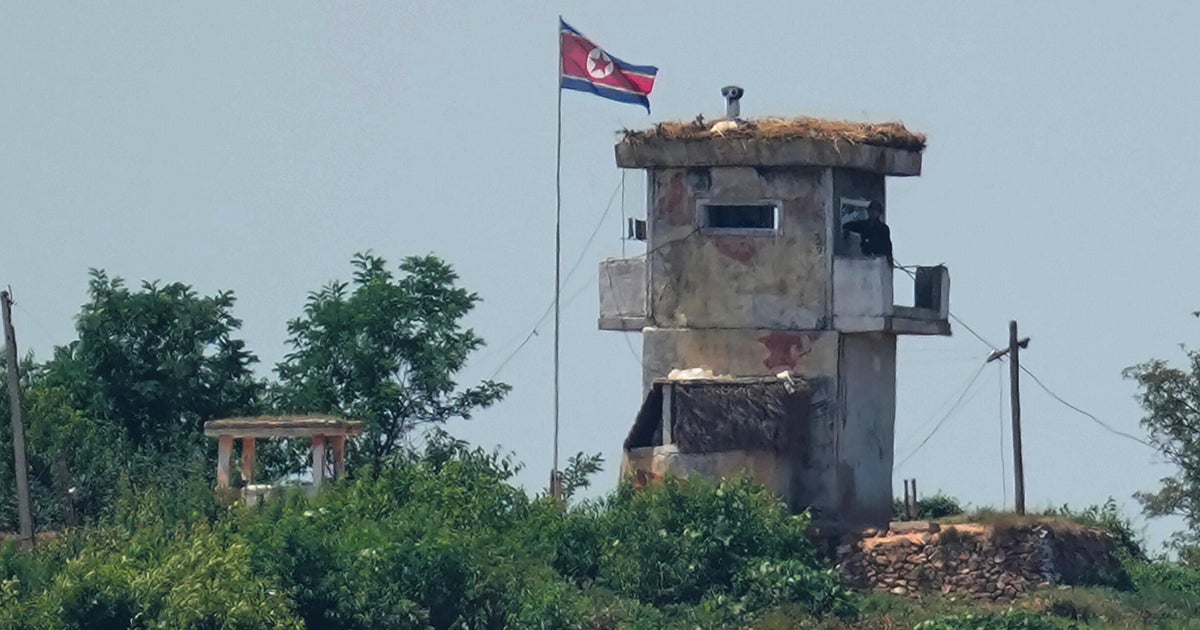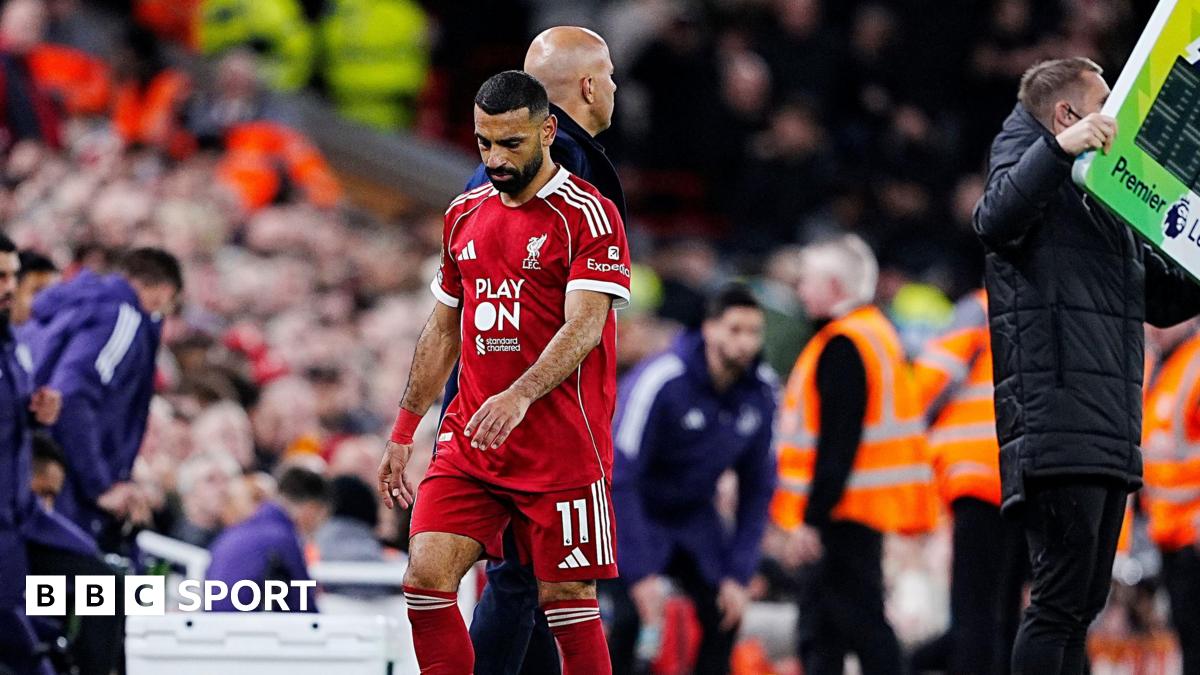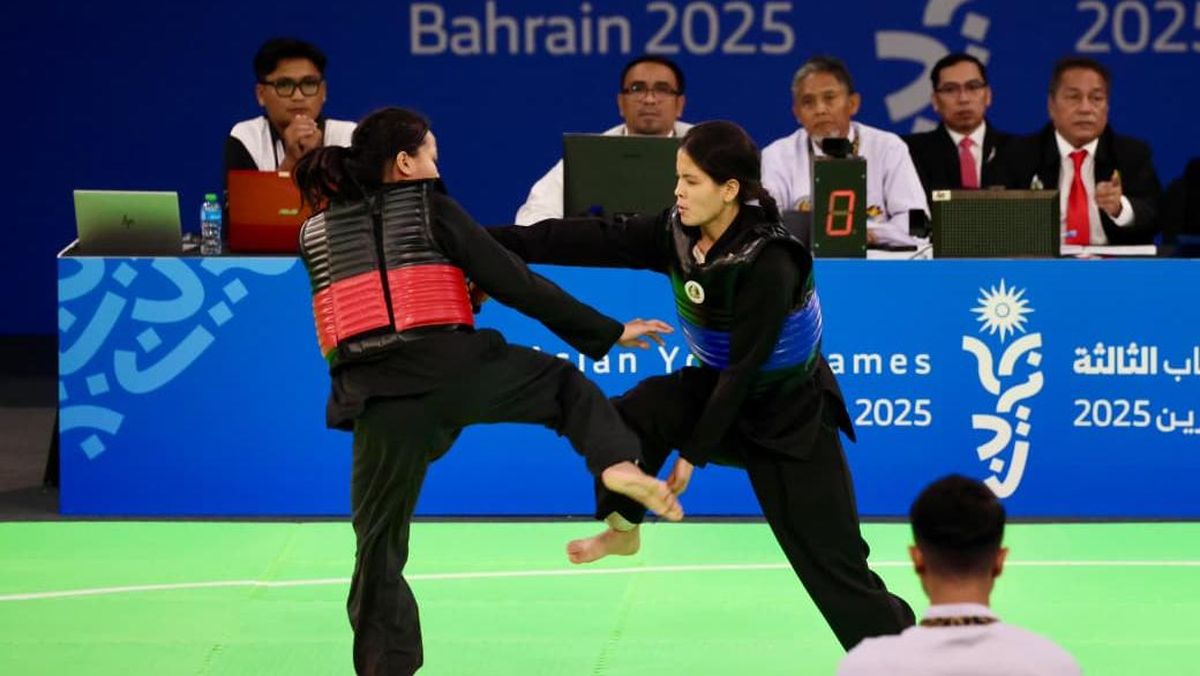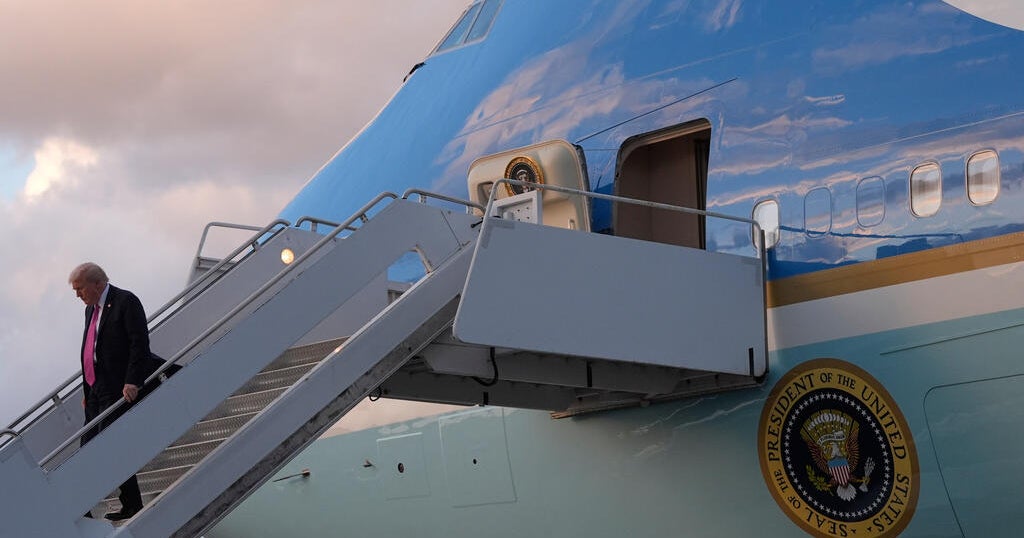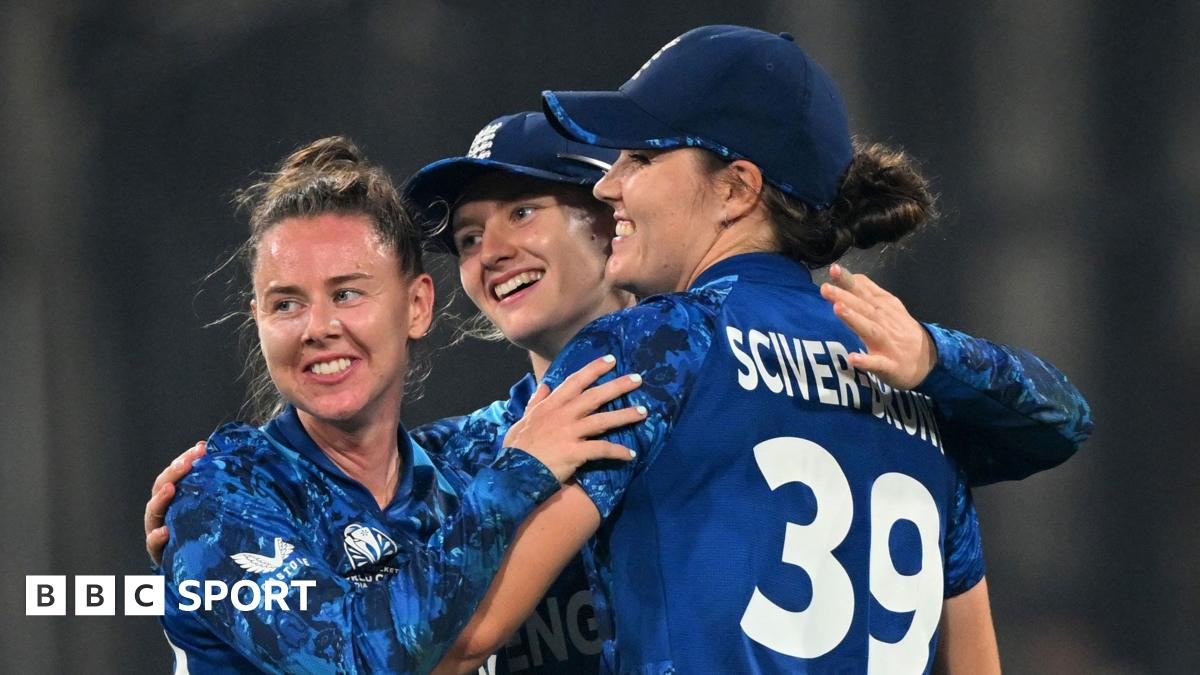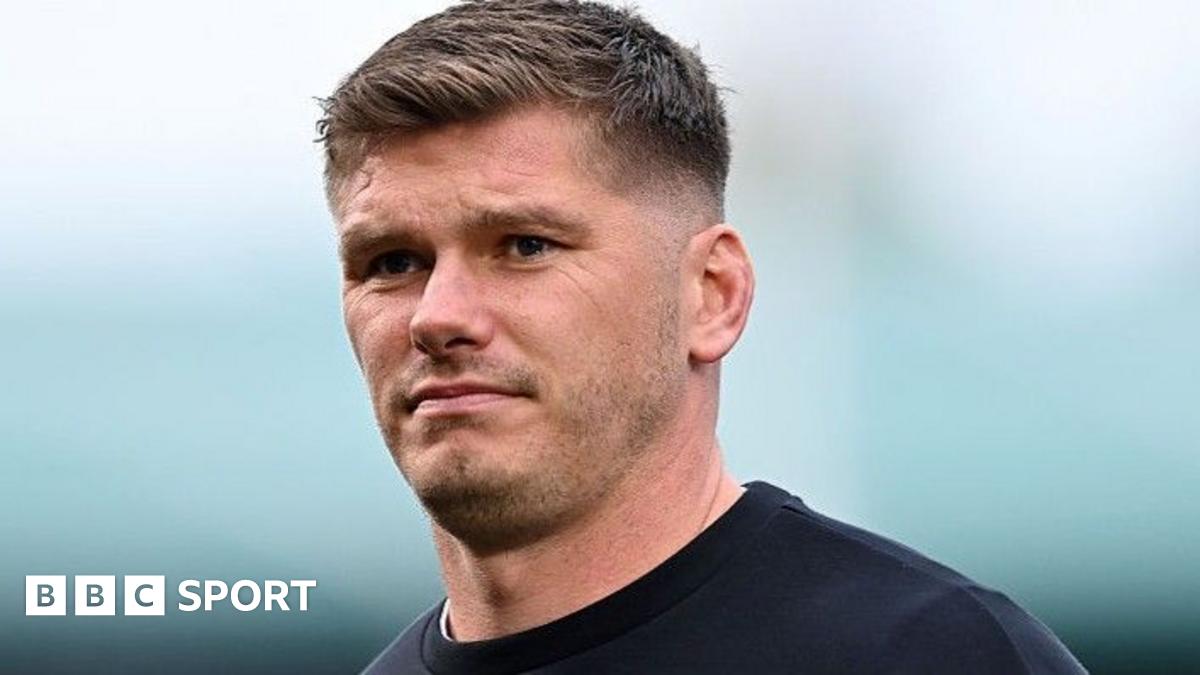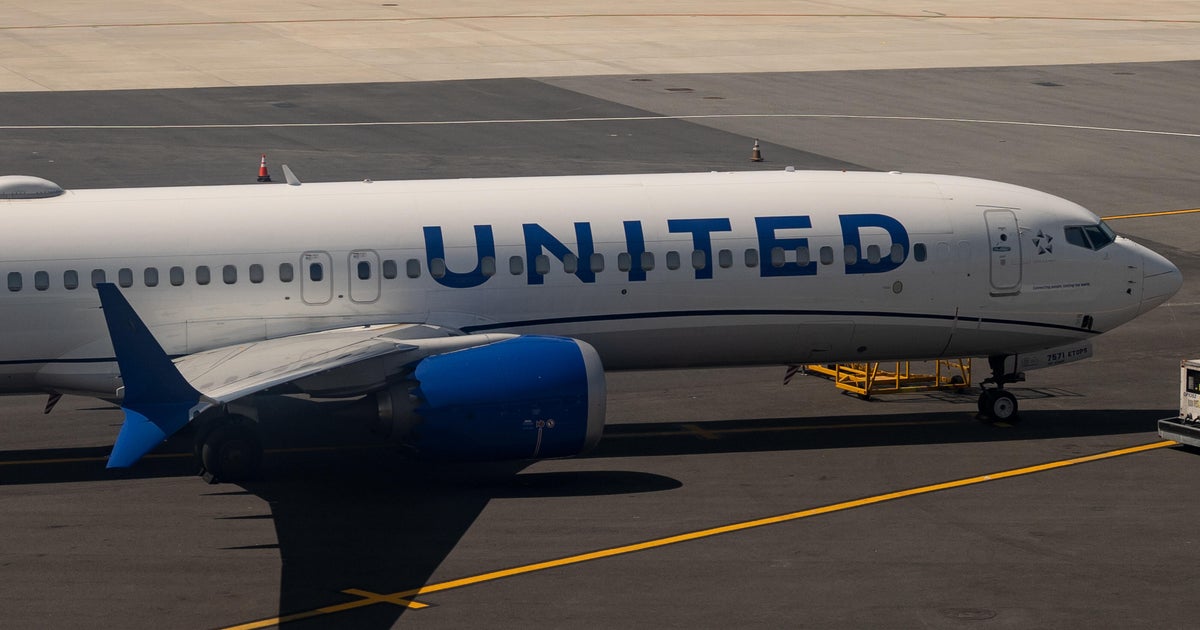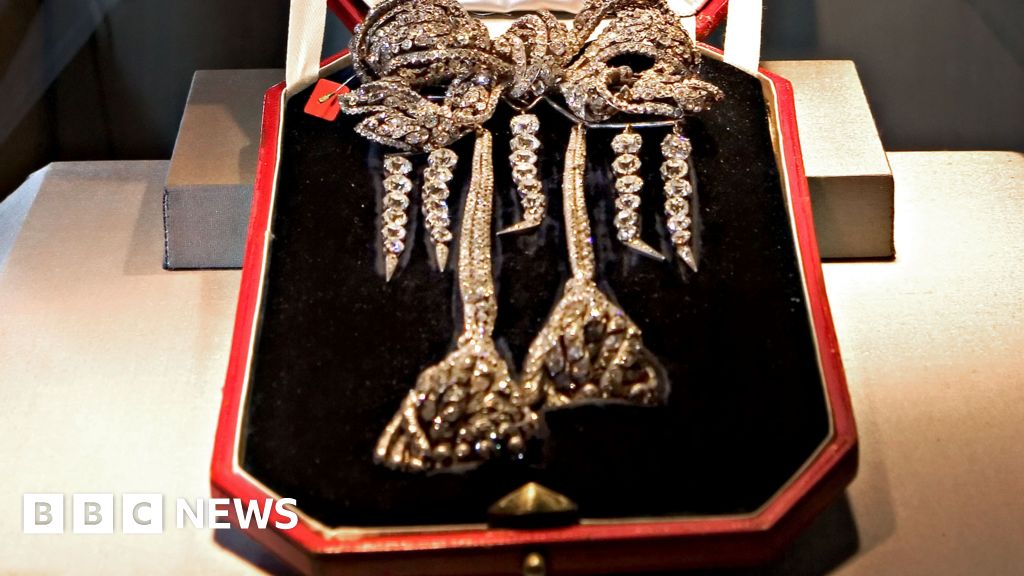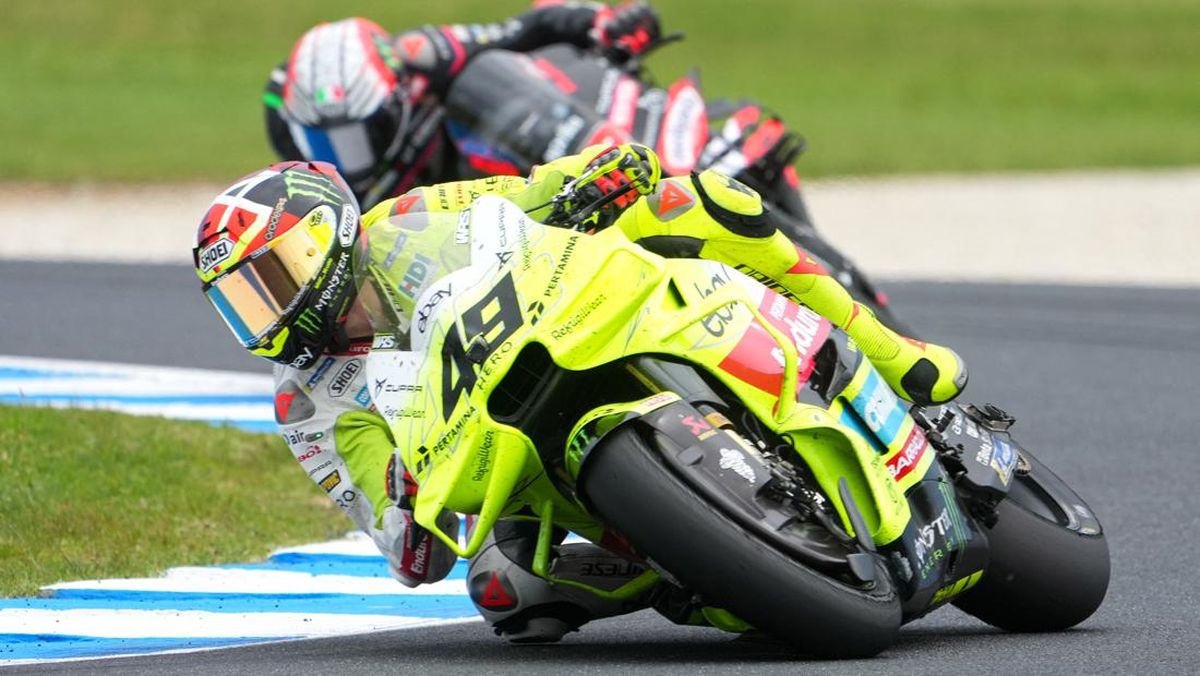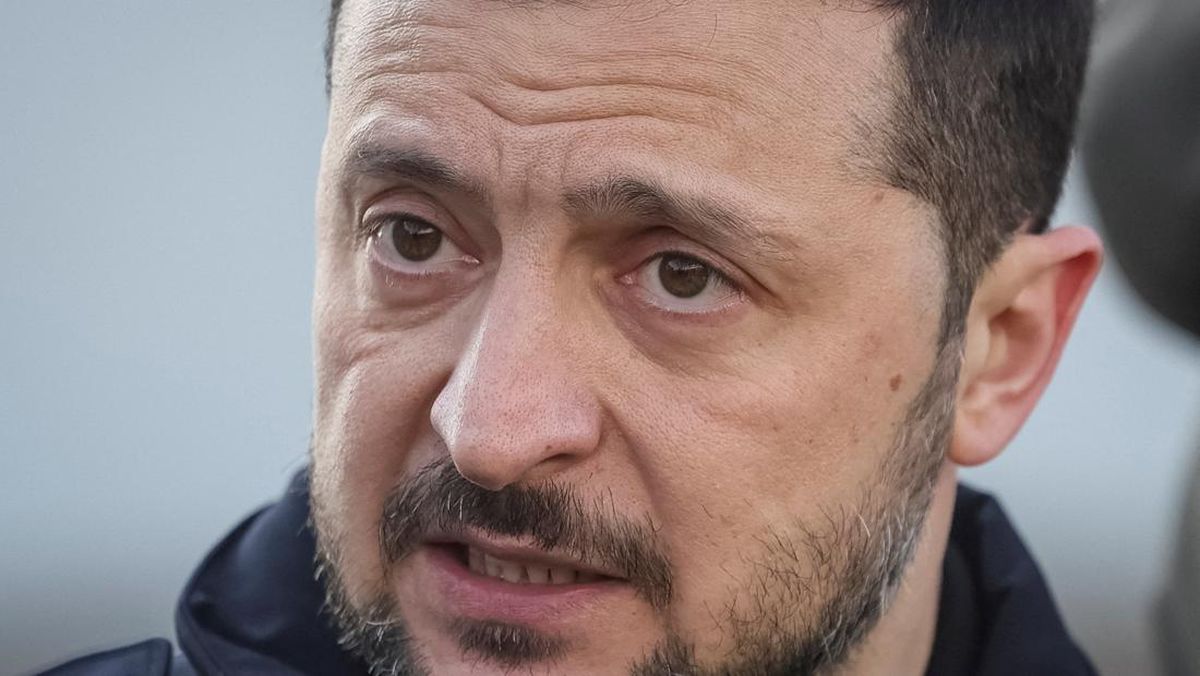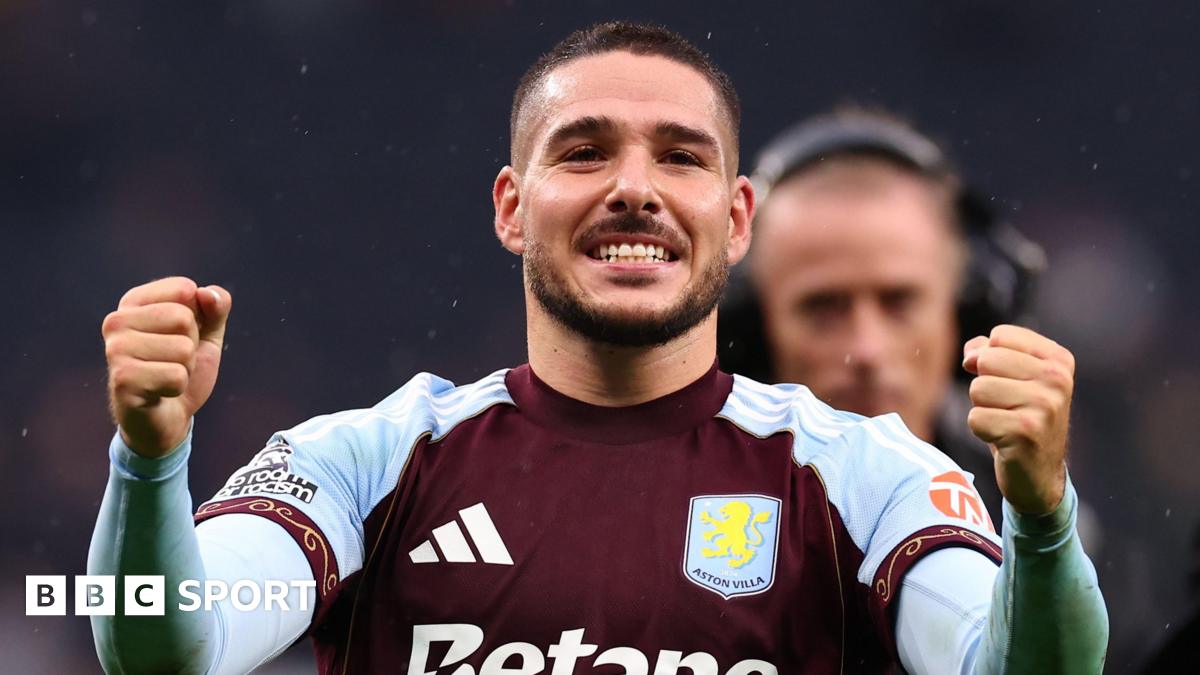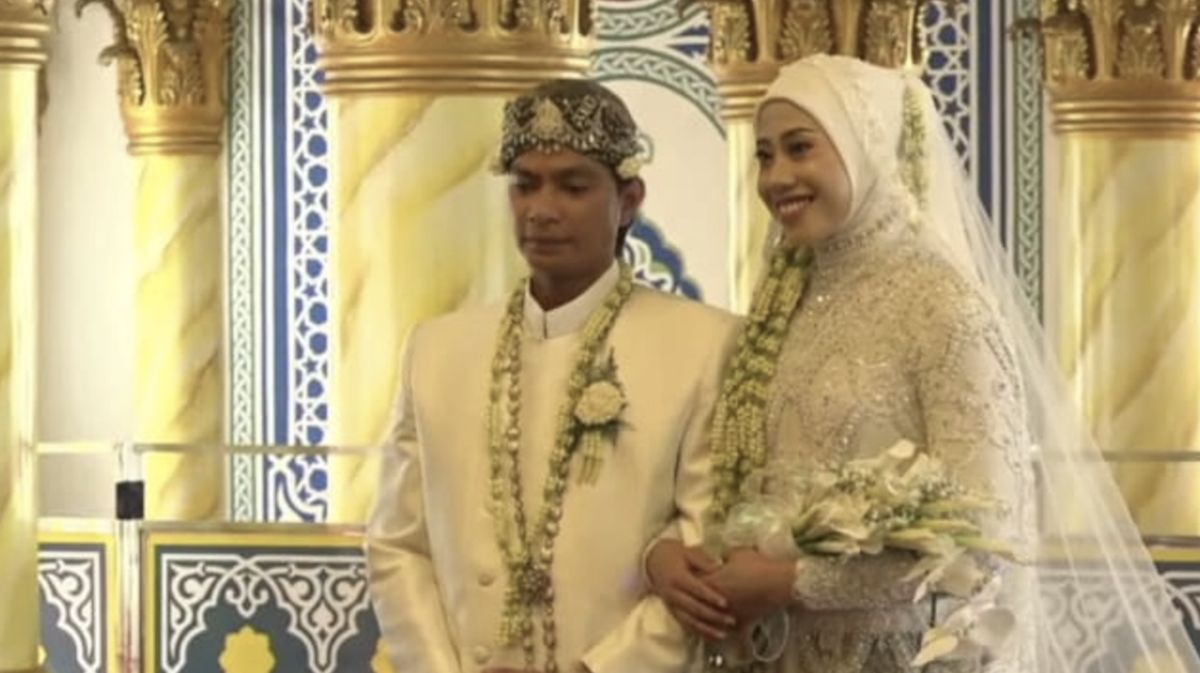A runway show comes together like a movie: Clothes are the story, models are the stars and designers are the directors. So where do stylists fit in?
Backstage at Chanel and Dior during Paris Fashion Week, stylists are the editors, overseeing large teams and playing with the elements for a dramatic result. At the relatively smaller Melbourne Fashion Week, which begins today, stylists are the director, editor, casting director and best boy or girl.
They’re also the ones backstage steaming silk dresses and taping the soles of high heels so they can be returned to stores.

Stylists Lindyn Rowland and Karinda Mutabazi with models Savannah Kruger and Tarik Ismat in Melbourne’s 1 Hotel, preparing for Melbourne Fashion Week.Credit: Penny Stephens
“I feel responsible for everything and everyone’s views,” says emerging stylist Lindyn Rowland. “There’s the designer’s vision that needs to be respected and the models. Especially the black models.”
Rowland is a part-time model and eyewear designer with his label Rowland Vision, styling the MFW opening night show ganbu marra, which spotlights black excellence through First Nations labels such as Banbu, KingKing Creative and Yanggurdi.
“Styling is much more fun,” the Wiradjuri and Waiben Island man says, when asked to choose between his roles. “I have so much control over what is going to happen. I know that sounds so crazy, but it’s my vision coming to life.”
Since moving to Melbourne from Lake Macquarie in NSW four years ago, Rowland has been supported by the city’s fashion community, with experienced stylist Karinda Mutabazi acting as a mentor.
‘Respect the boundaries of our black models.’
Lindyn Rowland, stylist“Everyone’s so supportive in the Melbourne fashion community,” Rowland says. “No one’s competing. It’s very different to Sydney.”
Mutabazi, who is styling Thursday’s free Emporium runway show in Little Bourke Street, has worked with inclusive Melbourne designer Erik Yvon on shows at Australian Fashion Week in Sydney, but prefers her hometown’s support network.
“The Melbourne fashion community in terms of stylists, models, hair and makeup artists are diverse and really inclusive,” Mutabazi says.
Inclusivity is intrinsic to the work of independent designers such as Yvon, who will take part in the closing night group show on Sunday alongside the Brotherhood of St Laurence charity and creative couturier Jarrod Reid. Accepting approaches to size, gender and racial diversity are more difficult to find at commercial labels, says Mutabazi: “It’s like pulling teeth.”

Model Savannah Kruger in Tjarlirli Art dress and Goompi’s Girl necklace and Tarik Ismat in Jaru Girl for Melbourne Fashion Week.Credit: Penny Stephens
“Fashion Week organisers are clear about their expectations surrounding inclusivity,” she says. “You still have brands where they will only offer you one dress in a size 12 or can’t provide a size 16. This stops me from using some incredible models. I wish I could use more models in sizes the audience relates to.”
Rowland’s priority is focusing on the experience of models of colour. In 2023, 13 black models boycotted Melbourne Fashion Week claiming that black models were being paid significantly less than white models, the N-word had been used by a photographer, and hairdressers spoke in derogative terms about African hair.
Loading
For the ganbu marra show, Rowland will exclusively use models of colour.
“Most black people, we don’t like our hair being touched,” Rowland says. “I’m always telling hair teams that we all have different types of hair textures. Let’s respect the boundaries of our black models.”
For Rowland, the experiences of black models need to be considered on every runway. It’s a necessity, not a trend.
“There are moments where people are all about black culture and what black people do, but then there are moments where it’s just a trend.
“That’s why it’s important for me to be using all people of colour. It’s sharing First Nations designs and First Nations storytelling with other black people in our community.
“At one point we weren’t invited into these spaces.”
The recent success of First Nations models Tatyana Perry and Latahlia Hickling on the Chanel runway at Paris Fashion Week highlights a shift in fashion’s needle.
Mutabazi is also focused on meaningful casting at MFW.
“I’m of African background, so it’s important to have people authentically included, rather than being included in a tokenistic manner,” she says.
Overcoming these obstacles is just another job for stylists. The measure of success is different for the Melbourne City Council, organisers of MFW, the participating designers and the models.
For Mutabazi, the morning after should be about smiles rather than spreadsheets.
“It’s like a family when you’re doing a show. You want people to have a good time because fashion is supposed to be fun. Shows are not always fun, and it’s a pressure situation.
“If people have felt safe, supported, but pushed to be their best, it’s worth it. As long as everybody had a great time and the people who watched it enjoyed the show, that’s a success to me.”
Melbourne Fashion Week runs until October 26.
Make the most of your health, relationships, fitness and nutrition with our Live Well newsletter. Get it in your inbox every Monday.
Most Viewed in Lifestyle
Loading


